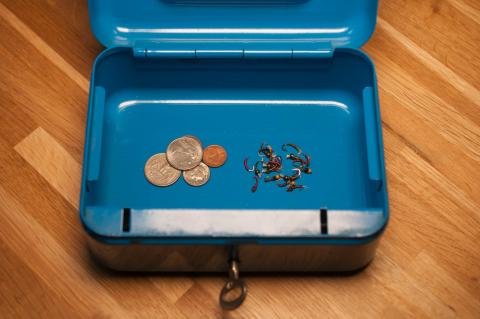It cracks me up when dry fly purists look down on indicator fishing as "bobber" fishing. For that matter dry fly fishing is bobber fishing too except the bobber happens to be a fly!. Its easy to detect a take on a dry fly all you have to do is look!... umm sounds kinda like indicator fishing don't it???;) Truth is that nymphing is very subtle, challenging and rewarding once you get the hang of it. Much more difficult to get the hang of than dry fly fishing in my opinion and just as rewarding to me at least. Actually in many ways more so.
- Log in to post comments

